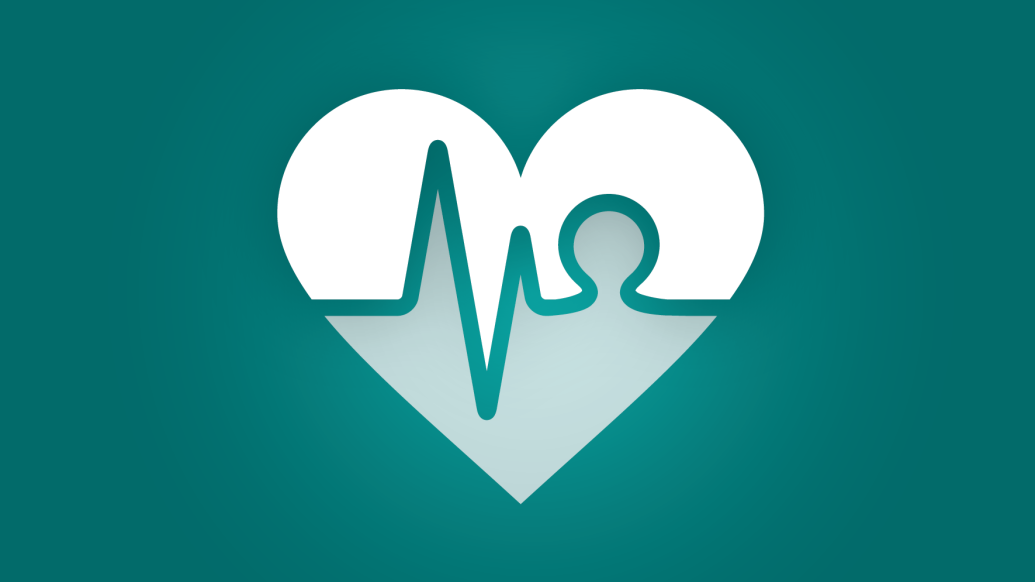Coronary artery bypass expenses vary widely across hospitals, a new study finds. Addressing a few key areas could lower hospital bills and improve quality of care.
7:00 AM
Author |

Add up the hospital bills for all the heart bypass operations performed in the United States every year, and the tab comes to about $6.7 billion. That doesn't include the cost of care that the more than 160,000 patients need after they leave the hospital.
MORE FROM THE LAB: Subscribe to our weekly newsletter
As one approach to payment reform, the Centers for Medicare & Medicaid Services planned to start paying select hospitals and doctors in a new way in January. Called "bundled payments," this was intended to encourage improved and efficient care across the 90-day post-surgery period after a coronary artery bypass graft, or CABG, operation.
But last week, the agency proposed to cancel the program and others like it. A public comment period runs until mid-October.
This week, by coincidence, a study of the payments for 5,910 CABG patients treated at 33 Michigan hospitals was published in JAMA Surgery by a University of Michigan team.
The main finding: The risk-adjusted, price-standardized payments for CABG care varied widely at both the patient and hospital levels across the 90-day period, which includes the operation, recovery and care for associated complications.
Key factors influencing cost, such as where the patients received rehabilitation care and how often they were readmitted, also varied greatly by hospital. Therefore, so did the total payments.
Regardless of a cancellation or delay of the CABG bundled payment program, says author and Director of U-M's Frankel Cardiovascular Center Richard Prager M.D., "in Michigan, through the Michigan Society of Thoracic and Cardiovascular Surgeons Quality Collaborative and elsewhere, cardiac surgeons and their hospitals are already working on process improvement and better understandings of efficiencies. We hope that this new work can create a deeper grasp of opportunities for further improvement."
A bundle of variation
Over three years, the average payment for a Michigan bypass patient's operation and three months of care afterward was $48,571.
SEE ALSO: The More Doctors Interact, the Better Their Patients Do
When the study team, from the U-M Institute for Healthcare Policy and Innovation, grouped patients by their respective hospitals, they still saw great variation. Examining the CABG surgeries performed in each hospital, the team found some had average payments per CABG episode of $43,409 — while others were in the $60,000 range.
"A portion of this variation is warranted, but a significant part of it likely represents opportunities for additional quality improvement efforts in hospitals," says Vinay Guduguntla, a U-M medical school student and the study's first author.
The team used data from the Michigan Value Collaborative, an effort funded by Blue Cross Blue Shield of Michigan to share data and best practices about a range of procedural and hospital care among hospitals across the state. In all, 76 hospitals participate in the Michigan Value Collaborative. The U-M team focused on the 33 nonfederal hospitals that do cardiac surgery.
Hospitals with the highest average 90-day payments tended to be those with the fewest CABG surgeries. And additional information on factors influencing cost could give hospitals areas to focus on while trying to improve care and contain costs.
For instance, hospitals with the highest 90-day risk-adjusted payments sent 13 percent of their patients to inpatient rehabilitation care after their operations, rather than referring them for outpatient rehab to recover from surgery. In contrast, only 3 percent of the patients who had operations at the hospitals with the lowest payments went to inpatient rehab.
Of note, inpatient rehabilitation is more expensive but hasn't been shown to produce better outcomes for CABG patients in other studies.
Our work identified several discrete areas for quality improvement that could also have a meaningful impact on the costs of health care.James Dupree, M.D., MPH
Readmission: a major factor
Importantly, the new study shows that the most expensive hospitals had risk-adjusted readmission payments 35 percent higher than those with the lowest 90-day average payments.
SEE ALSO: To Fight Pneumonia After Cardiac Surgery, Data Could Be the Weapon
Most of these differences came from payments for multiple readmissions, for issues such as heart failure and infections. So, the study team says, additional attention to wound and heart failure management could help bring down payments and help hospitals reduce multiple readmissions.
"Our work identified several discrete areas for quality improvement that could also have a meaningful impact on the costs of health care," says senior author James Dupree, M.D., MPH, an assistant professor of urology at Michigan Medicine.
"Namely, focusing on reducing the number of patients with multiple readmissions after CABG, striking the right balance between the use of inpatient versus outpatient rehabilitation following CABG, and optimizing the length of stay and re-evaluating the priority of inpatient consultation services."
The team hopes that people looking to advance CABG quality improvement will take these results into account. Dupree says, "Overall, our findings suggest several distinct opportunities for quality and cost improvement following CABG surgery and encourage deeper investments in practice changes that will likely benefit patients and the health care system."
Additional authors include John Syrjamaki, MPH; Chad Ellimoottil, M.D., M.S.; David Miller, M.D., MPH; Edward Norton, Ph.D.; Patricia Theurer, R.N., MSN; and Donald Likosky, Ph.D.

Explore a variety of healthcare news & stories by visiting the Health Lab home page for more articles.

Department of Communication at Michigan Medicine
Want top health & research news weekly? Sign up for Health Lab’s newsletters today!





